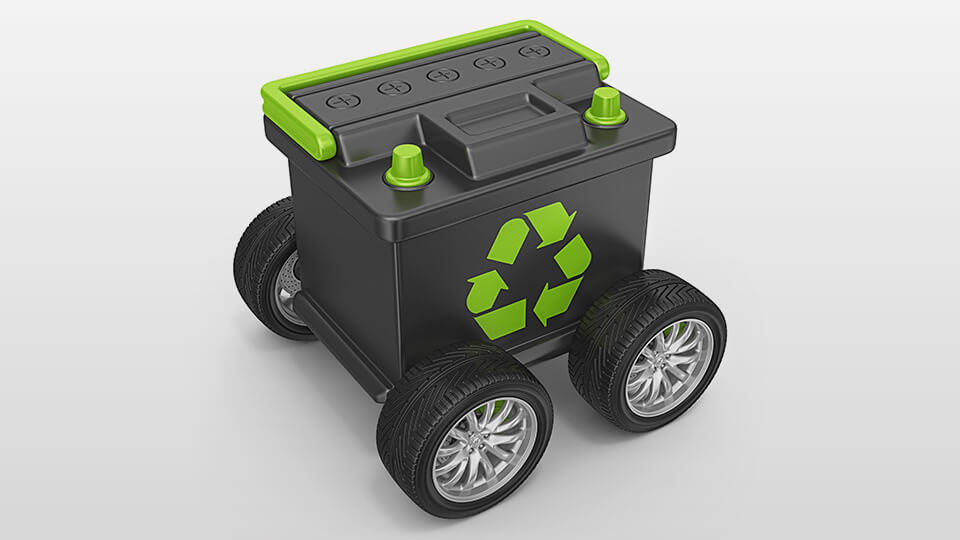Prices of Critical Metals will impede the penetration of EV vehicles in China. An academic paper has highlighted the challenges with a sobering market analysis. The world-wide demand for the critical metals of lithium, cobalt, nickel, and manganese will put pressure both on production and pricing. Getting buy in from the world’s largest market of EVs is critical to the world achieving its decarbonisation objectives.
Importantly, it was expected that China would achieve a 49% percent penetration of EV’s by 2030 and 67% by 2060. Nonetheless, with the rising demand and cost of the four key critical minerals used in battery manufacture, estimates have now been reduced to 35% by 2030, and 51% by 2060. According to the Wang paper published in February’s Nature Communications, this will increase cumulative carbon emissions by 28% higher than was anticipated.
It should be noted that EV’s currently has a penetration of 16% in Australia. This represents in absolute numbers 10,479 passenger vehicles.
EV Penetration in Australia
In addition, electric vehicles accounted for 3.8% of all new vehicle sales in Australia in 2022. Their market share varies dramatically by region. Indeed, market share was strongest in the Australian Capital Territory. Almost 10% of all new cars bought in 2022 were electric, up from 5% in 2021. State governments in Victoria and Queensland are expecting the penetration of EV’s to increase to 50% in 2030.
Undoubtedly, the rising price of critical minerals will put pressure on manufacturers to keep EV products competitive with traditional cars. This will impact penetration even further at a time when infrastructure with recharging situations is still a highly contentious issue. Reports on the range of electric vehicles are also unnerving some would be purchasers. It will be interesting to see how quickly the market settles particularly with some of the government initiatives that were introduced to support EV purchasing.
Ecobatt will continue to monitor trends in the market, thus ensuring it understands the needs of the market for future recycling.





